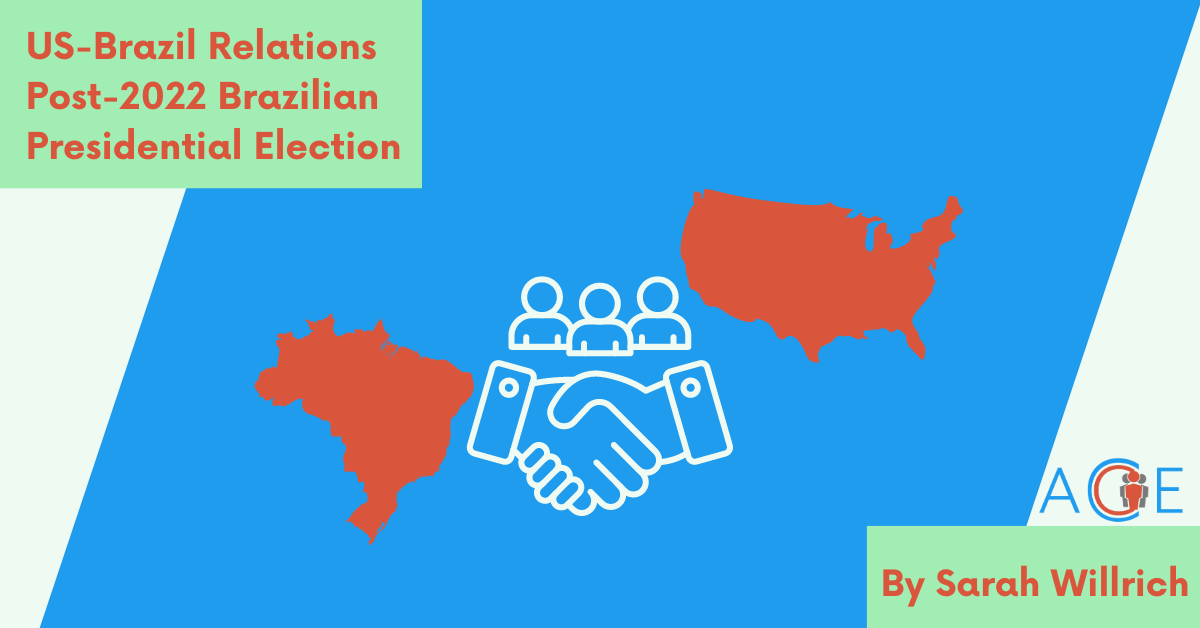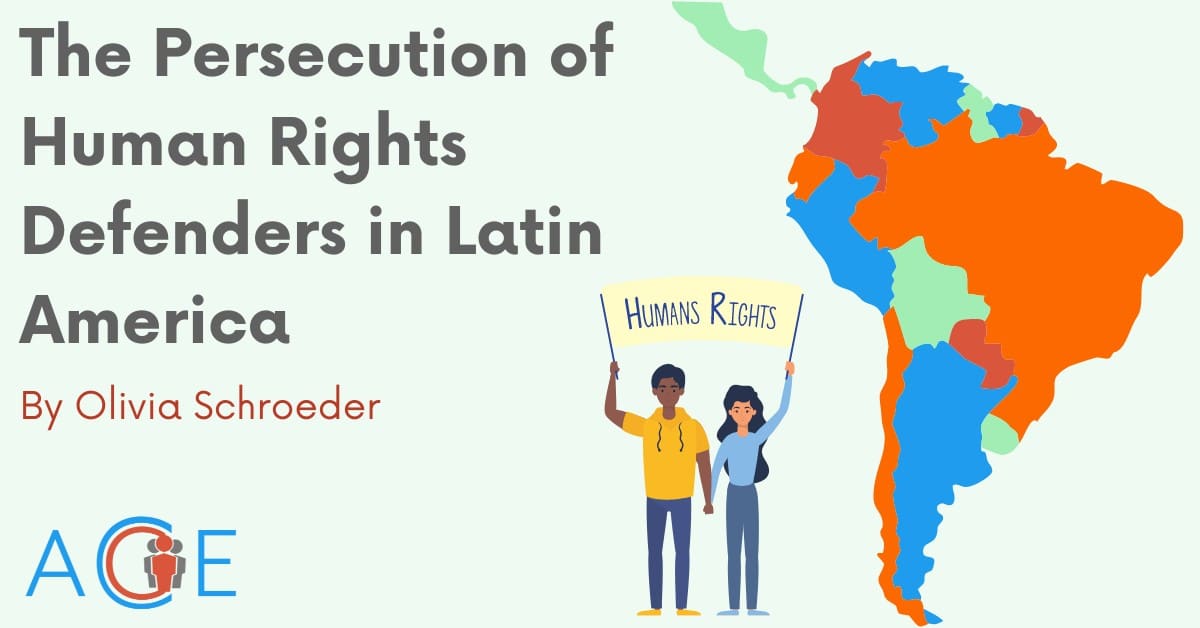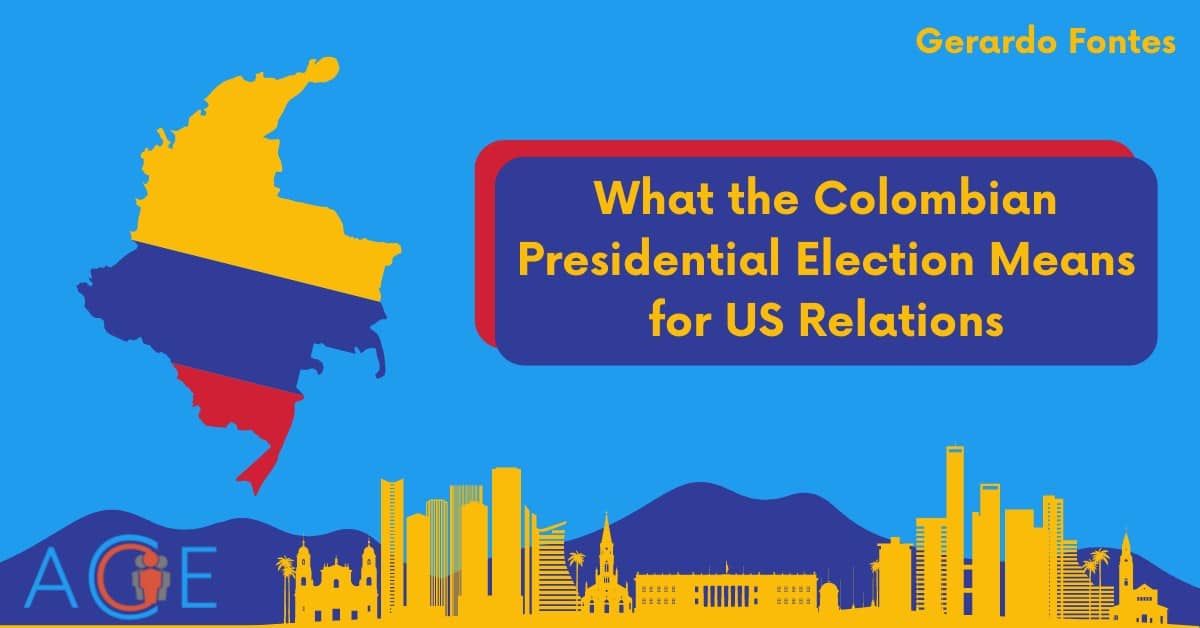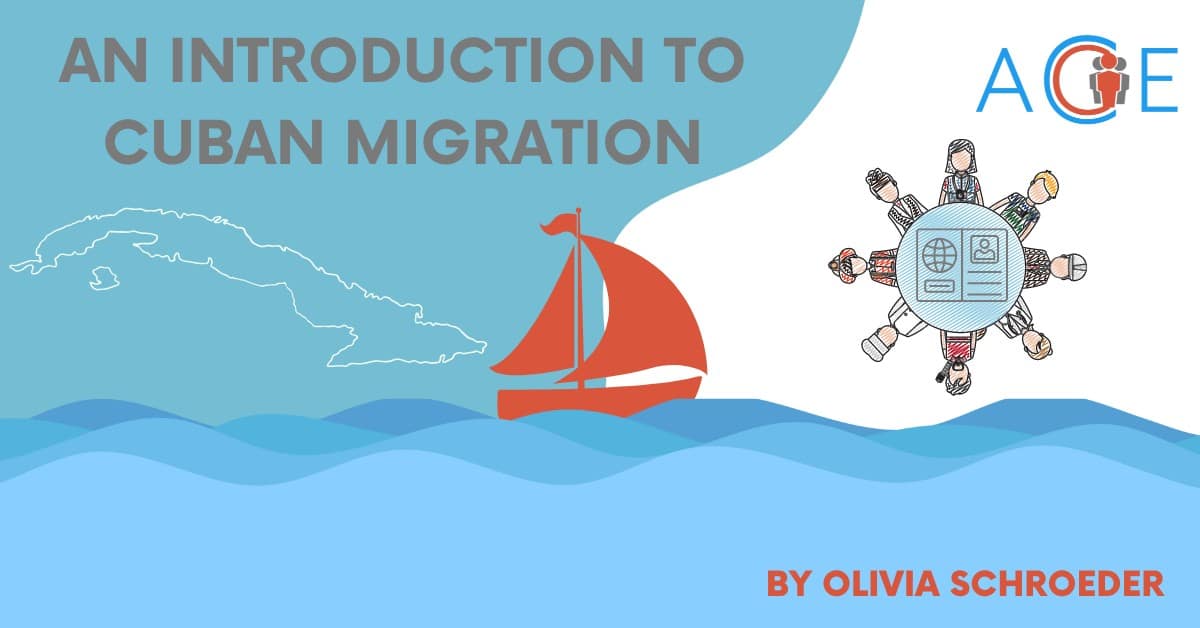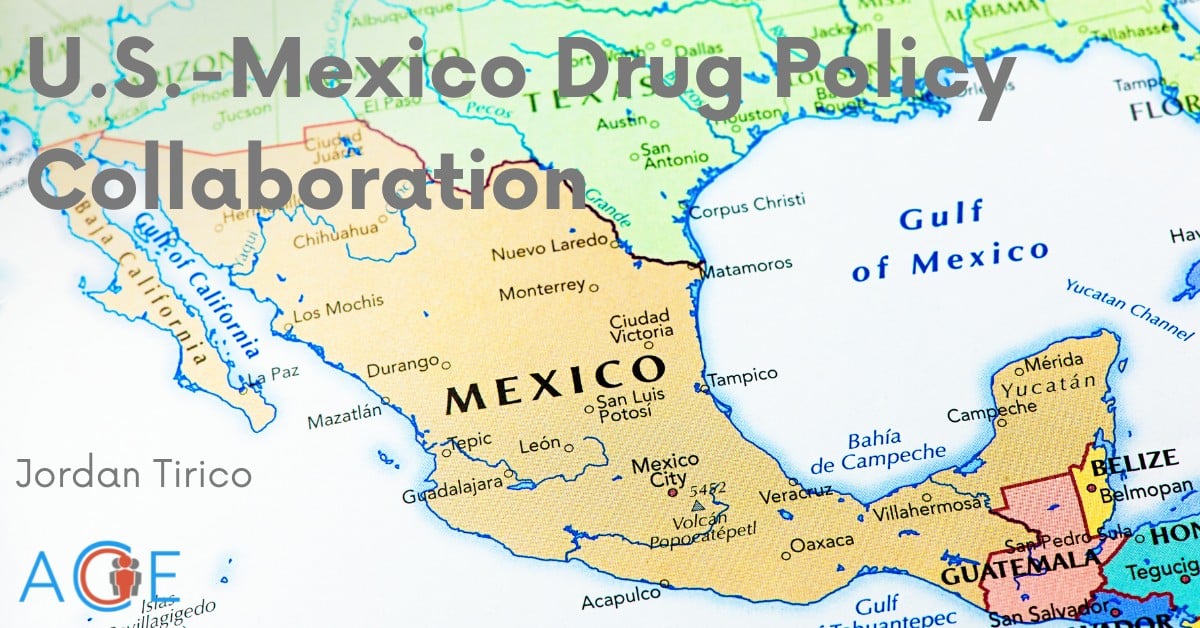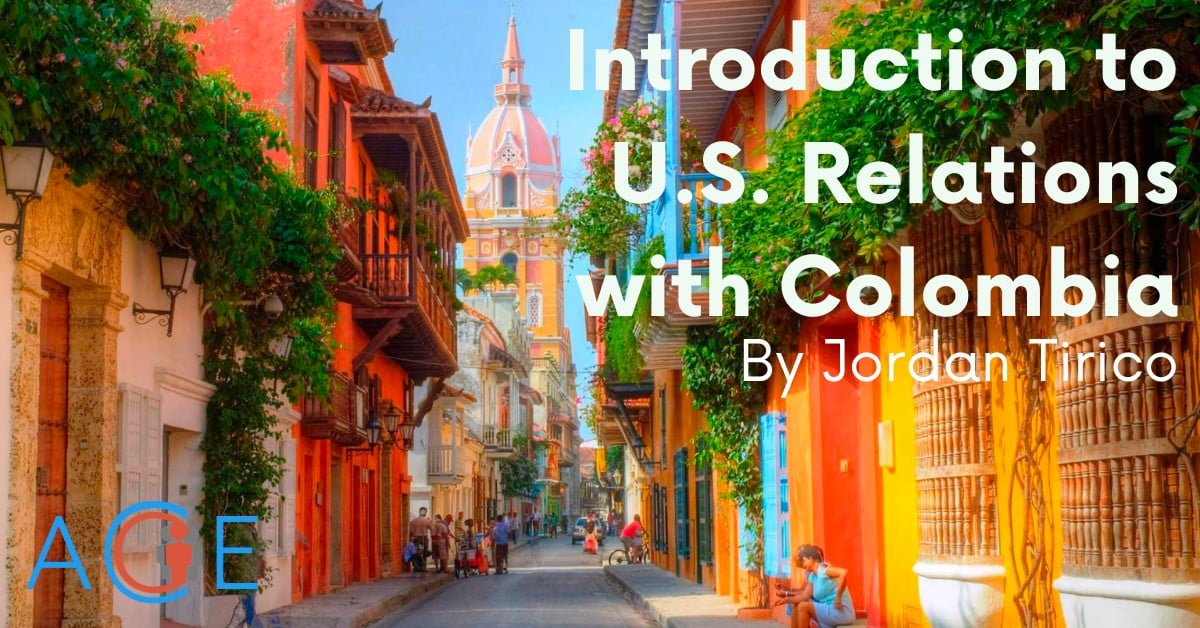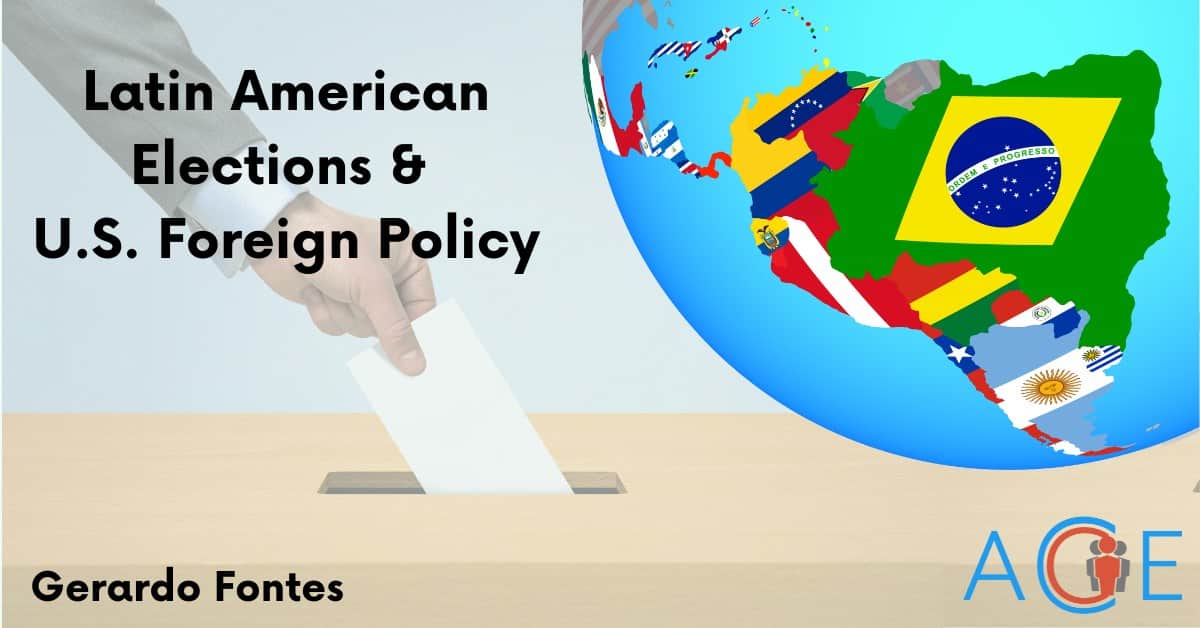Brazil Before the Election, 2022 Presidential Election Results, & Aftermath
From 2019 to 2022, Brazil was led by the popular conservative, President Jair Bolsonaro. Bolsonaro publicly questioned Brazilian governmental institutions and drew upon religious and cultural identities in a way that many have criticized as weakening democracy in the country. Brazil’s foreign policy was also less predictable and less multilateral as Bolsonaro seemed skeptical of Western international institutions. Instead, Bolsonaro deepened Brazil’s economic and diplomatic relationships elsewhere, notably with like-minded conservative leaders such as China’s Xi Jingping and Russia’s Vladimir Putin. U.S.-Brazil relations also strengthened during this time, with Bolsonaro and then-President Donald Trump sharing close political and personal alignment.
In the 2022 Brazilian presidential elections, Bolsonaro was challenged by Luiz Inácio Lula da Silva—a popular leftist who was president of Brazil from 2003-2011. In October, Lula beat Bolsonaro with 50.9% to 49.1% of the vote to win the presidency. Bolsonaro repeatedly questioned the legitimacy of the election, despite Brazil’s Defense Ministry finding no evidence of manipulation in the votes. The political unrest culminated on January 8th, 2023, when his supporters stormed Brazil’s Congress. The attack was similar to, and arguably inspired by, the January 6th insurrection in the U.S..
Recent reports reveal that President Biden’s administration was directly involved in protecting the peaceful transfer of power in Brazil. Senior U.S. officials formally and informally pressured Bolsonaro and his administration to accept the results in the months leading up to the election. Biden and his administration harshly condemned the January 8th attack and stated their support for Lula.
A Changing Relationship with the U.S.
Lula’s administration seems to be challenging the U.S.’s role in Latin America and the international sphere. He has publicly questioned the use of the U.S. dollar as the global currency of business and championed broader use of other currencies, specifically the Chinese Yuan. He has advocated for the strengthening of political power of the Latin American bloc in the international order while de-emphasizing the role of the UN Security Council countries (China, France, Russia, U.S., and U.K.). Lula also explicitly defied the U.S. by receiving Iranian warships over its objections.
Perhaps most notably, Lula has strengthened relations with the U.S.’s top rivals: Russia and China. Unlike the U.S. and most of its allies, Brazil has maintained a position of deliberate neutrality with regard to the war in Ukraine. While Lula condemned Russian president Vladimir Putin’s actions, he refused to enact sanctions and stated that some of the blame for the conflict falls on Ukraine and NATO. Instead, Lula has advocated for peace negotiations, suggesting that Brazil act as the lead negotiator.
At the same time, Brazil, like many countries, is increasing economic ties with China. Brazil is now the second-largest borrower of Chinese state loans and China has surpassed the U.S. as Brazil’s biggest trading partner. During Lula’s high-profile visit to China in April, Xi stated that China-Brazil relations were “a high priority.” This is concerning to the U.S. as it attempts to curb China’s economic rise and maintain its own status as the world’s most important economy.
Along with Russia, India, China, and South Africa, Brazil is a founding member of the BRICS economic grouping. BRICS is widely seen as a rival to the U.S.-led group: the G7. Lula has been a strong advocate of expanding the influence of BRICS since he took office, and in August 2023, BRICS extended membership to Saudi Arabia, Iran, Ethiopia, Egypt, Argentina, and the United Arab Emirates, greatly expanding its reach and prestige.
Taken together, Lula’s actions since gaining the presidency seem to indicate a challenge to the U.S.-centric international status quo. Some experts argue that Lula is attempting to create a “multipolar world order” where Brazil is one of many countries that dictate international relations.
Promoting Democracy in Brazil
Many countries are experiencing democratic backsliding, and Brazil is an especially important case. While it seemed that Brazil might become less democratic under Bolsonaro, Lula’s election might have reversed that trend.
The Biden administration considers promoting democracy a major goal. In 2021, Biden stated that safeguarding democracy is the most important challenge and initiated various actions to achieve this. During Lula’s 2023 visit to Biden, they mainly talked about democracy. They also covered topics like minority rights and safeguarding the Amazon Rainforest. Additionally, the State Department and USAID have started financially assisting “democratic bright spots” worldwide, including Brazil which was designated as one in 2022.
Yet, the U.S. attempts to promote democracy often don’t yield desired results. For instance, in countries labeled as democratic bright spots, which the U.S. views as likely to stay democratic, there is no evident proof of this. Another criticism is that the U.S. should not meddle in other countries’ governments, particularly given its history of sometimes violent intervention in Latin American nations in the name of democracy. Some scholars additionally argue that focusing on promoting democracy is harmful to the U.S. as it draws attention away from the security concerns and economic competition that should dictate foreign policy. However, others say the opposite, arguing that democratic promotion is a critical aspect of this competition—especially in Latin America where the region has explicitly pledged to uphold democracy in the Inter-American Democratic Charter.
Security Concerns and Global Competition
As an emerging global power, Brazil’s alignment with the U.S. or one of its rivals could alter the international balance of power. These states are termed by some academics as “global swing states,” and maintaining positive relations with such countries is important if the U.S. wants to maintain its influence in global politics.
After U.S.-Brazil ties weakened during Lula’s first presidency, both the Biden and Trump administrations pursued close relations with Brazil. Trump and Bolsonaro were close due to their political similarities. In 2019, the U.S. designated Brazil a “Major Non-Nato Ally,” further solidifying ties between the two countries. Biden has also attempted to keep close relations with Brazil, emphasizing his shared liberal values with Lula. However, Biden has criticized Brazil when its agenda does not align with the U.S.’s own, but has taken no further punitive steps.
Some have argued that this approach has made the U.S. look weak compared to Brazil, particularly with regards to Lula’s blatant defiance of U.S. goals regarding the Iranian warships. Others say that the focus on ideological cooperation with Brazil is leaving an economic vacuum, allowing China to strengthen trade relations with Brazil and gain more influence in the country and region. Some experts recommend a more nuanced approach where the Biden administration would focus on specific areas of concrete cooperation with Brazil, instead of expecting Lula to match Biden’s broader agenda.
